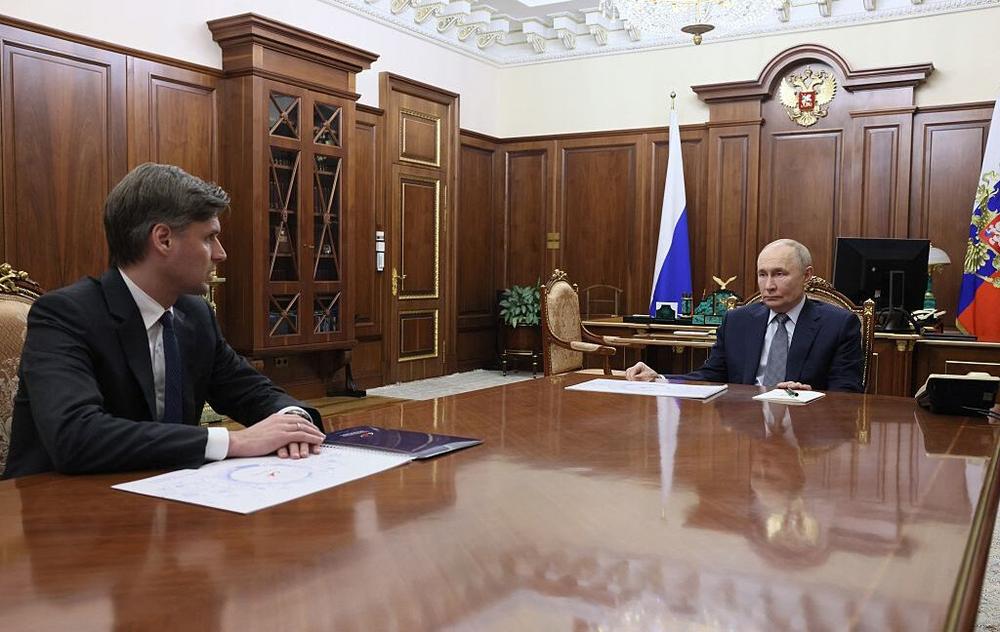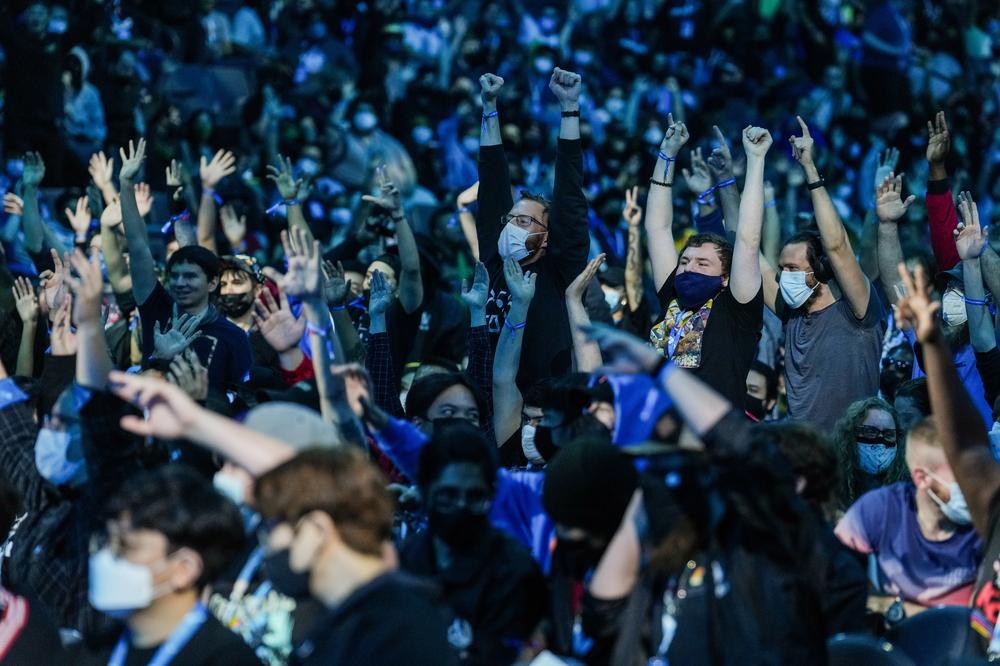Although NASA and its counterpart in Russia, Roscosmos, continue to work together on a daily basis, the leaders of the two organizations have not held face-to-face meetings since the middle of the first Trump administration, back in October 2018.
A lot has changed in the nearly eight years since then, including the Russian invasion of Ukraine, the rocky departure of Roscosmos leader Dmitry Rogozin in 2022 who was subsequently dispatched to the front lines of the war, several changes in NASA leadership, and more.
This drought in high-level meetings was finally broken this week when the relatively new leader of Roscosmos, Roscosmos Director General Dmitry Bakanov, visited the United States to view the launch of the Crew-11 mission from Florida, which included cosmonaut Oleg Platonov. Bakanov has also met with some of NASA's human spaceflight leaders at Johnson Space Center in Houston.
Notably, NASA has provided almost no coverage of the visit. However, the state-operated Russian news service, TASS, has published multiple updates. For example, on Thursday at Kennedy Space Center, TASS reported that Bakanov and Acting NASA Administrator Sean Duffy discussed the future of the International Space Station.
Future of ISS partnership
"The conversation went quite well," Bakanov is quoted as saying. "We agreed to continue using the ISS until 2028. It’s important that the new NASA chief confirmed this. We will work on the deorbiting process until 2030."
A separate TASS report also quoted Duffy as saying NASA and Roscosmos should continue to work together despite high geopolitical tensions on Earth.
"What's unique is we might find disagreement with conflict here, which we have," Duffy said. "We have wild disagreement with the Russians on Ukraine, but what you see is we find points of agreement and points of partnership, which is what we have with the International Space Station and Russians, and so through hard times, we don't throw those relationships away. We're going to continue to work on the problems that we have here, but we're going to continue to build alliances and partnerships and friendships as humanity continues to advance in space exploration."
During their meetings Duffy and Bakanov also discussed plans to deorbit the space station in 2030 and potential collaborations beyond 2030. Prior to Bakanov's visit it was thought that NASA and Roscosmos might cease relations entirely after the space station's demise, but now it seems that some kind of partnership might still be possible, although it is not clear what format this might take.
What is clear about Bakanov's visit is that he has embarked on a sort of charm offensive with NASA, and with the multiple TASS reports wants to be sure his audience in Russia knows that Roscosmos is seeking to reestablish warm relations with NASA.
But why?
From the outside it is difficult to disentangle Russian politics and the motivations of President Vladimir Putin, and there are always layers of intrigue.
Bakanov appears to be popular in Russia (and with a handsome, youthful appearance is something of a heartthrob on social media there). Prior to coming to Roscosmos, he was deputy minister of Transportation in Russia from April 2022 to February 2025. There, he worked for a time under Roman Starovoit, who was fired by Putin in early July, possibly due to "corruption." After saying farewell to his colleagues three weeks ago, Starovoit drove his Tesla to Malevich Park on Moscow's west side, where his body was discovered later with a gunshot wound to the head. Bakanov seems to have escaped this controversy with his reputation untarnished.
Multiple sources said it was not entirely clear what lay behind Bakanov's very public trip to the United States. However, they indicated one possibility is the nearly $1 billion contract that NASA has awarded SpaceX to deorbit the space station. The space agency let the contract a year ago to ensure the station makes a safe landing in the Pacific Ocean, rather than a hazardous, uncontrolled reentry.
Previously NASA and Roscosmos had considered using three Russian Progress vehicles for this purpose. However, after studying the issue NASA ultimately concluded that using the Russian vehicles would "not provide sufficient margin to lower the public risk to an acceptable level."
Bakanov and Roscosmos apparently have been urging NASA to reconsider the possibility of using Russian vehicles, and there may be some interest after the falling out between US President Donald Trump and SpaceX founder Elon Musk two months ago. There is a desire among some White House officials that federal agencies should look for ways to reduce their reliance on Musk's companies for federal contracting purposes.
Whether NASA will reconsider using Russian vehicles, especially after awarding a contract to SpaceX, is not clear. Asked if the issue was discussed at meetings between Duffy and Bakanov this week, NASA Press Secretary Bethany Stevens told Ars, "Not to my knowledge."
The strained relations between Trump and Musk also opens up other avenues of cooperation in space between NASA and Russia.
For example, Friday's successful launch of Crew-11 highlights that NASA's only operational vehicle for getting astronauts to and from the space station is SpaceX's Dragon spacecraft. Boeing's Starliner vehicle may not fly crew again until 2027, and it is unlikely to ever be price-competitive with Dragon. As NASA looks toward a future of commercial space stations in the 2030s, having Russian Soyuz spacecraft as a possibility would provide a means of avoiding a SpaceX monopoly on crew transport.

 The biggest fighting game tournament is a little smaller this year — but still exciting
The biggest fighting game tournament is a little smaller this year — but still exciting